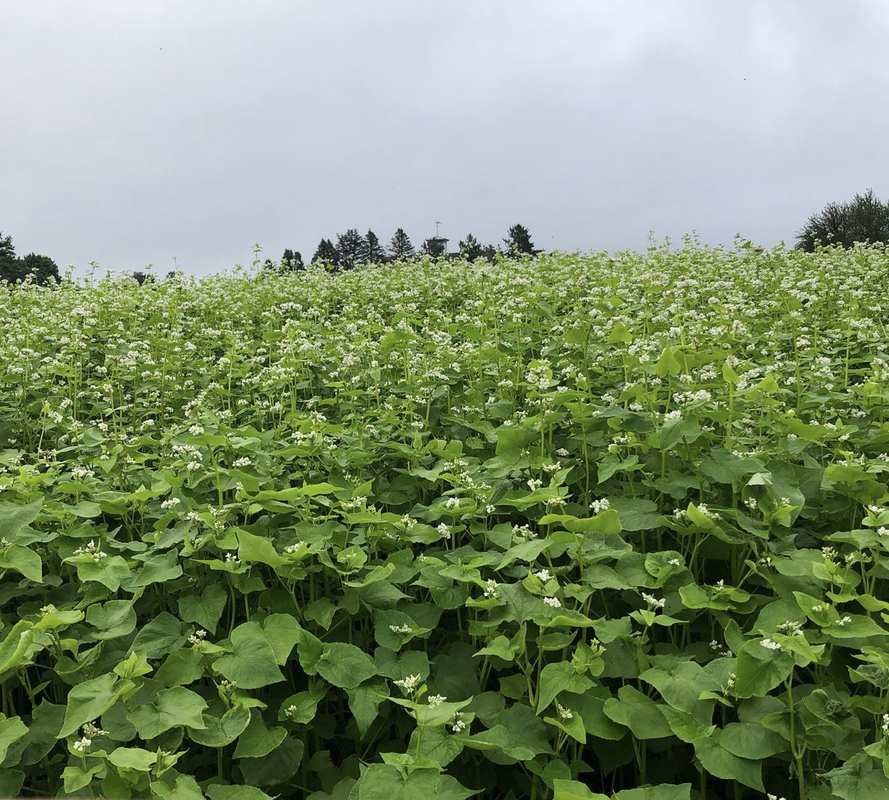|
The warm weather is here early this season and your instinct is to get out and clean up your garden and the leftover leaves you missed in the Fall. While you get ready for Spring there are many native pollinators that are still dormant waiting for a few more weeks when our weather is consistently in the 50s. This is when native pollinators will take flight and get busy working to build up their colonies. Sure the honey bees are flying but they have a much different survival methodology than our native pollinators. Native Pollinators are AnnualsIf we think of pollinators like our garden plants then it is safe to classify native pollinators as annuals where honeybees can be classified as perennials. Our native pollinators include bumble bees, mason bees, carpenter bees, and mining bees to name a few. These bees will spend the warmer months building their nests and raising brood in small hives or communities of other bees. These native pollinators are important partners in the growing cycle to many of the plants, fruits and vegetables we cherish. When it gets cooler in the Fall their offspring will look for burrows to spend the Winter and repeat the cycle in the Spring. Many of these pollinators seek burrows in the stalks of dead plants, under leaf piles, holes in timber, and the relative warmth of your garden soil where there are many pockets to be protected from the hard cold of the Winter months. Garden CLEAN-UP Tips to Protect PollinatorsIf you are cleaning up your garden due so carefully. Here are some hints that we tell gardeners to follow:
We hope these tips can help you start your gardening for 2022 off on the right foot. Please feel free to contact us if you have any pollinator questions.
0 Comments
Buckwheat on the SeacoastBuckwheat has to be one of my favorite plants for pollinators and while I may like it, the bees love it. I have had luck growing it myself as a cover crop, one year at the Goss Farm in Rye, NH, and have been lucky to work with farmers like Jack Clarke in Epping/Lee who planted it as part of his crop rotation. A few years ago, I was driving by the Governor Dale Farm in North Hampton when I saw a massive crop just starting to flower and I just needed to stop and ask if I could place some hives there. Josh the farmer had planted it as a cover crop and I received his permission as well as the ok from the owners of the land (Jacqui and Hank). We were able to get some good buckwheat flavors from that honey but not a mono-floral harvest that was solely buckwheat. This past year, Josh planted another cover crop and the bees were able to store away some frames of the dark nectar that was mostly buckwheat honey. Buckwheat (Fagopyrum esculentum) has been around for a long time and is not a native plant to North America. It originated in Asia and spread to Europe and eventually was brought to the Americas by the Europeans. Here in the Northeast of the United States it was once a common crop but has been replaced by other grain crops like corn and soybean. The buckwheat plant produces a white flower that eventually produces a triangular seed that looks a bit like a colonial hat. The seed is easy to collect and can be ground into flour. Buckwheat Nectar and Honey Buckwheat plants are quick to grow and will in about 10 weeks. When the flower has blossomed the plant will put out nectar for only a short duration of the day. We have observed this at many of our locations where the bees will work the crop in the morning for nectar and the afternoon for pollen only. The bees have no choice since the plant is the one shutting down the nectar flow. When the bees collect enough nectar they bring it back to the hive and store it in the honeycomb where it goes through the process of becoming honey. In most cases, that honey is mixed in with other late-season nectars like goldenrod, aster, purple loosestrife, and knotweed. The combination of these nectars makes for very dark and rich honey that you will find in our late summer bottles. In rare cases, we have frames of exclusive buckwheat you will find that the honey is extremely dark and has a rich molasses-like flavor with some straw-like after notes. Some people actually will get a barnyard type of smell/taste from their experience. I can see that but more often I prefer the description I hear when people try it is malty. I love people's reactions when they try this honey after we have tried much lighter ones and worked our way up to it.
Are you looking to plant buckwheat this season? If you need any pollinators to help the crop please reach out to us and we can see about dropping a hive off to help you with your crop. |
Details
SEABEE HONEY BLOGAuthorA beekeeper in New Hampshire [email protected] Archives
December 2023
Categories
All
|


 RSS Feed
RSS Feed